Living History you can explore and experience as an RV traveler…
Grab a coffee, kick back and enjoy this post!
And… please do let me know below in the comments section whether you enjoyed it!
There was a time, frankly not too long ago, when Butte Montana was the most affluent community between Chicago and San Francisco. This is a story about American History, American ingenuity and the nation’s largest superfund (toxic waste) site! Allow me to share a bit about the history of Butte and its nearby neighbor Anaconda – from an RV travelers perspective.
A Personal Note
Anaconda and a relatively new RV park have become my home for the time being as the seasons evolve into Spring and Summer. The move from winter to spring is never a straight path as temperatures near 70 over the weekend were replaced by a couple of inches of heavy, wet snow this morning (April 17th)! This “seesaw” pattern will likely continue well into June until a brief summer season settles in.
Butte and Anaconda today are thriving communities with lots of small businesses and local services. Situated in rural southwestern Montana, both communities have some very good restaurants, coffee shops, and local merchants. As an RV traveler, I’ve seen lots of communities suffering from rural “blight.” That is clearly NOT the case in these communities! Further, the history in this region is fascinating.
One more thing before we dive into the history of Butte and Anaconda… I turned 65 this past July and as an RV traveler did my homework on Medicare and Supplemental Plans. Here’s what I discovered about Medicare for RV Travelers and decided was the best course of action for me as a traveler.
Butte and Anaconda… Early American 20th Century History that can be visited and explored TODAY
In 1879, Thomas Edison invented the first electric light bulb. In the ensuing years and decades, cities across the nation began to install electric lights and electricity in homes. During this rapid and massive expansion of electricity, there was one material without which it could not have happened – copper wire. In essence, the invention of the electric light bulb created a tremendous demand for copper wire.
This is where Butte and Anaconda come into the picture. Butte, located in Southwestern Montana along the Continental Divide was rich in copper ore. Anaconda, refined (smelted) it into pure copper.
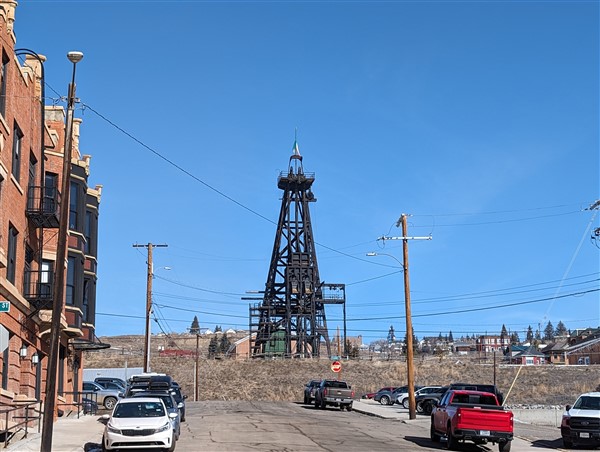
“The Richest Hill on Earth”
Butte gained its start in the mid 19th century as a gold mining town. Miners branched out from Bannack in search of well… gold! Gold and silver kept prospectors in the region through the 1870’s and in 1875, copper was discovered in the mines. This finding was met with a giant yawn as there was little value to copper – in 1875.
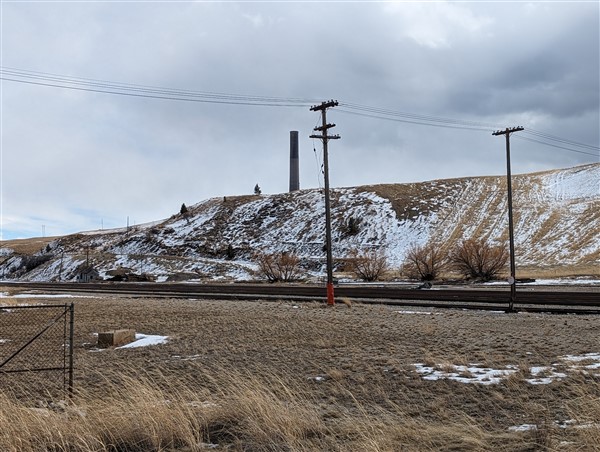
Just a few years later, with the Edison’s light bulb and the subsequent need for electric transmission lines across the nation, the demand for copper skyrocketed. And… Butte turned out to have massive reserves of copper! Between 1905 and the start of WW I, Butte produced more than 25% of the WORLD’s copper supply.
Butte’s Population Explosion
In 1874, Butte was a small community of 3363 residents. Founded just a few years earlier. By 1880, Butte had grown to about 23,000. Butte’s population peaked at 100,000 in 1917. All again thanks to the copper mining industry. Today Butte has about 30,000 residents. Many left after a major collapse in copper mining that occurred after WWI. There has been a gradual regrowth over the past few decades as this region has become known for outdoor recreation and quintessential American history.
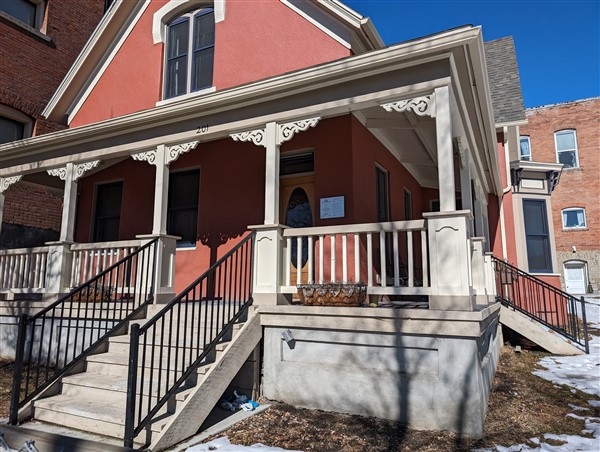
At the beginning of the last century, the nation needed copper and Butte had it. Lots of it. People migrated to Butte and wealth grew, at least while the demand for copper was high.
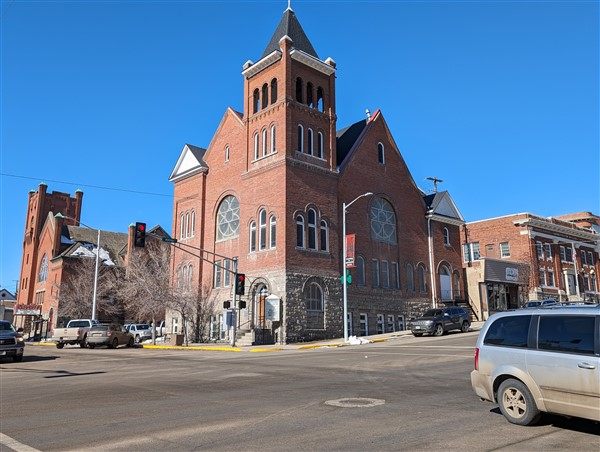
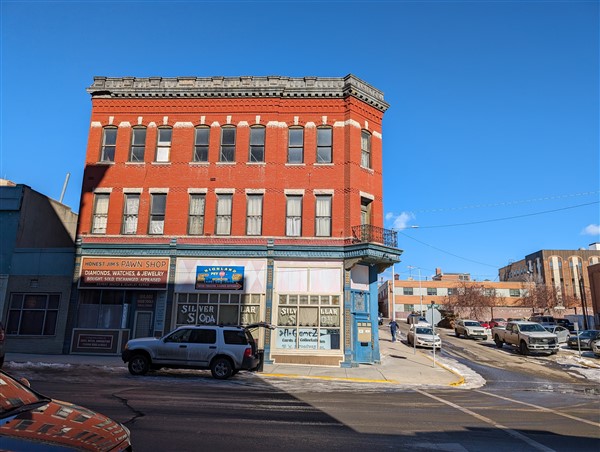
Butte was NOT about mining copper
Well, not pure copper. When minerals (elements) are mined, they are extracted from the crust (outer layer of the solid Earth) as an ORE. Copper ore is essentially a rock that is rich in copper. The ore must be processed (refined or smelted) to produce pure copper and it is pure copper that was needed for the transmission lines.
Anaconda – home of the smelting operations
Smelting is the action of refining copper ore into copper. Anaconda is about 23 miles from Butte. Smelting and for that matter mining are at their core, very tough on the surrounding environment. This is due to the use and production of toxic chemicals as copper ore is extracted and subsequently smelted (refined.)
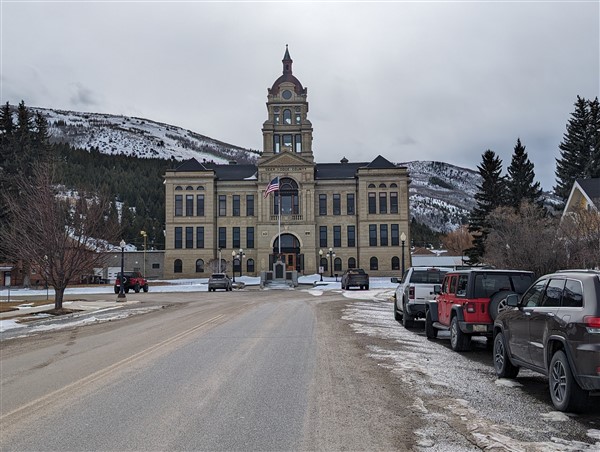
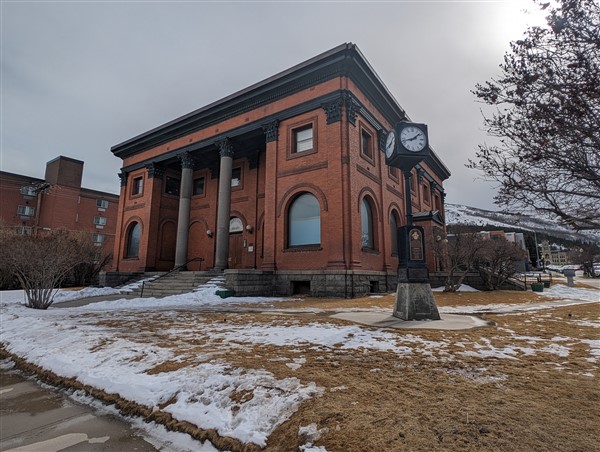
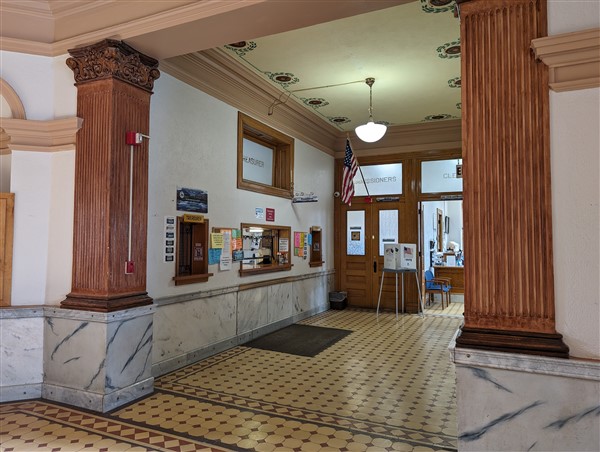
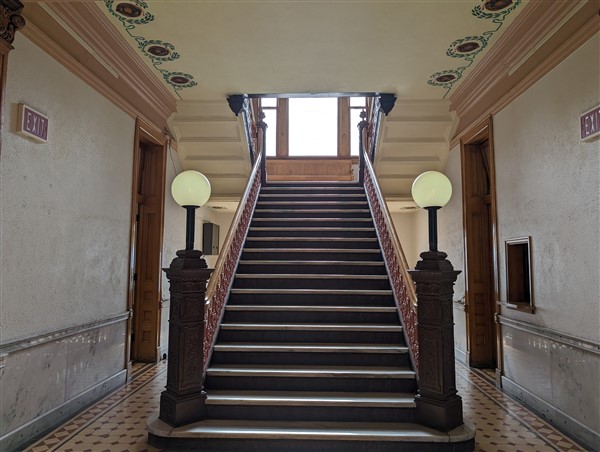
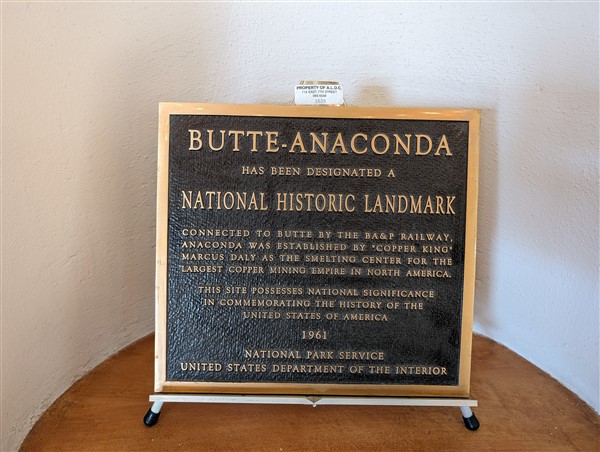
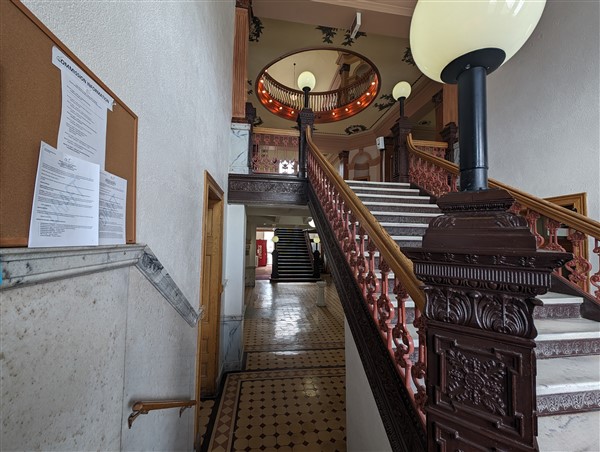
In the early 20th Century, there was no EPA (Environmental Protection Administration.) There were no local, state or federal regulations in place to ensure the companies profiting from all this activity minimized the environmental damage. As a result, the environmental damage was serious and widespread.
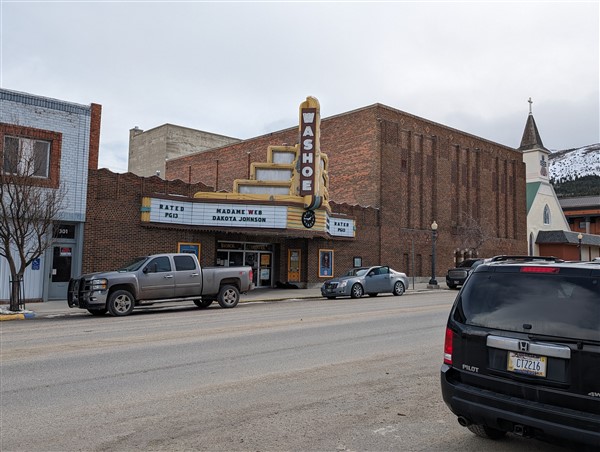
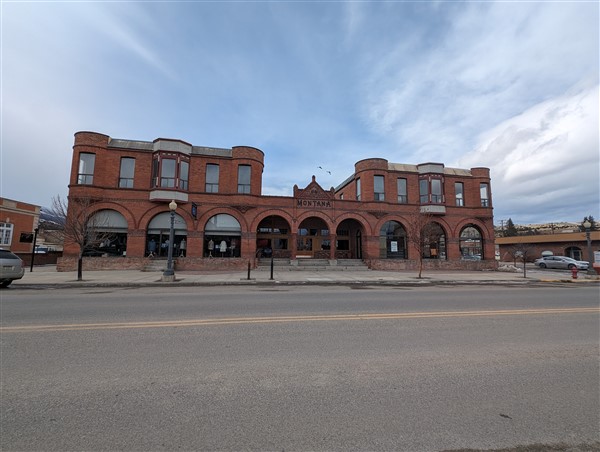
The nations largest Superfund site
Butte and Anaconda are the nations largest toxic waste site! Having grown up in New Jersey, its somehow poetic that I’ve selected Anaconda as a region to settle into (for a time.)
I learned much of the above soon after arriving here in Anaconda
And no, I didn’t get back on the road and drive as far as I could! I’ve made my home in Anaconda, if only for a while. I arrived in November. This past winter, I skied and instructed at a local area. At this time, I plan to move on to “higher ground.” The RV park I’m staying at is literally separated by a few feet of topsoil and capping. Conditions here in Anaconda are now SAFE. It has been about 45 years since smelting operations ceased.
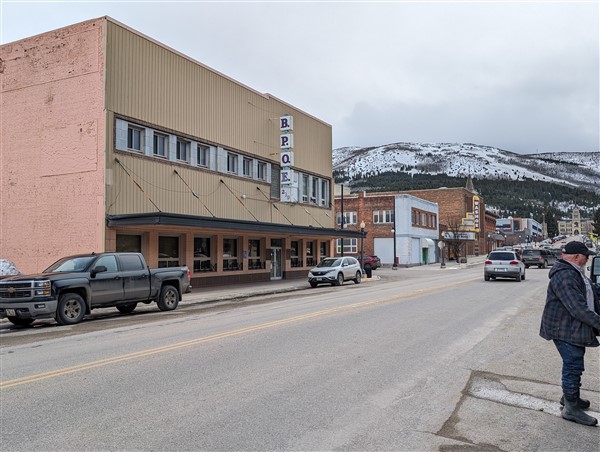
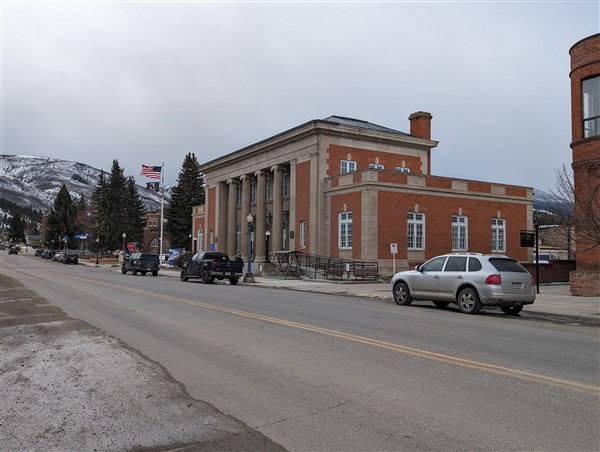
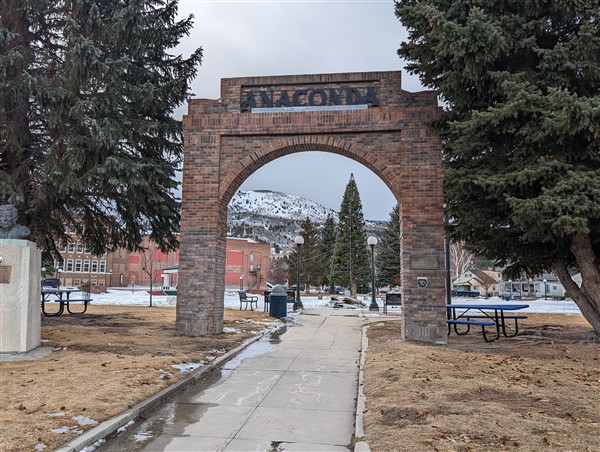
Literally billions of dollars have been spent cleaning up the mess created when smelting (and most mining) operations were active. I’m pleased to say that the region is now quite livable and is redefining itself as a hub for outdoor recreation.
My plan is to stay through the summer and explore the numerous recreational opportunities that abound in this region. That topic again is for another post.
Anaconda Historic Accomodations
This building, one block off Commercial St. was once home to some workers for as little as 25 cents per night! Note the date on the building…
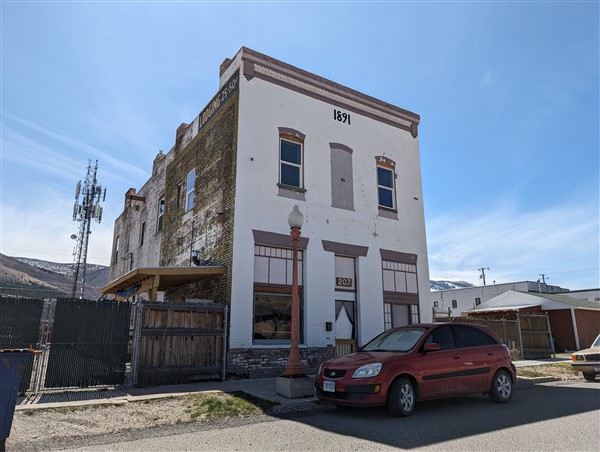
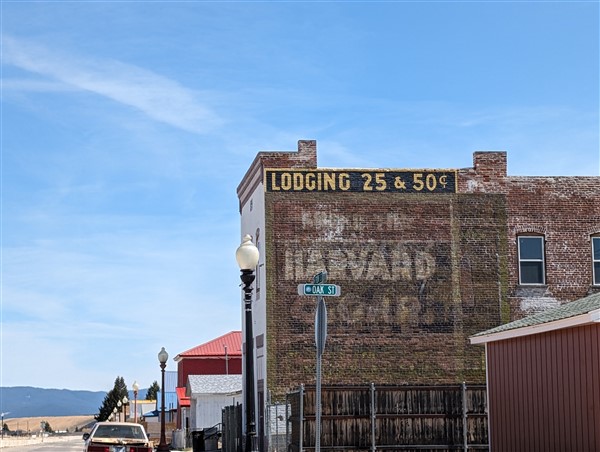
Copper crashed after World War I – the End of Affluence for Butte and Anaconda
The copper crash marked the beginning of the end for Butte and Anaconda as mining and refining towns. Over the next 60+ years, population declined and as noted earlier, smelting operations ceased in Anaconda.
Mining Operations Continue Today in Butte
While Anaconda’s smelting operation has ceased, Butte still has an active mine. Today the world’s copper mining leader is Chile. Smelting operations today are conducted in South America. Butte today has mining ongoing just east of the famed “Berkley Pit” with copper still the main ore extracted. It is also rich in molybdenum. Molybdenum is an industrial metal used in steel alloys to increase strength and resistance to corrosion and wear.
Can you SEE any of this history in Butte and Anaconda?
YES!
Visit Anaconda to see the 585 foot smokestack. It once spewed toxic gases throughout the town of Anaconda. It has been dormant since 1980. There are also several historic buildings throughout Anaconda. Photos can be found throughout this article.
You can visit Butte to see and take tours of the mining operations. But there’s more – much more!
Take a walking tour of history in Uptown Butte
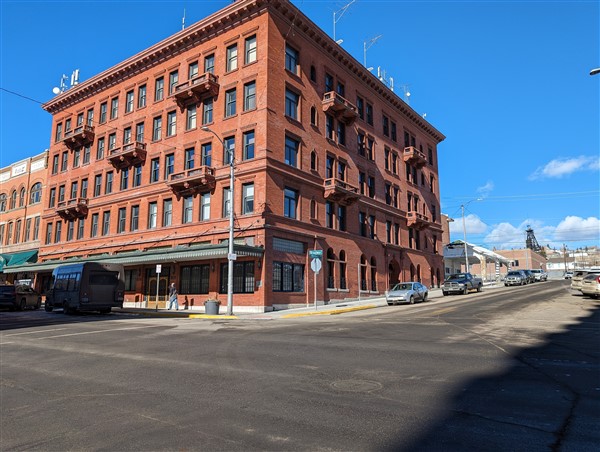
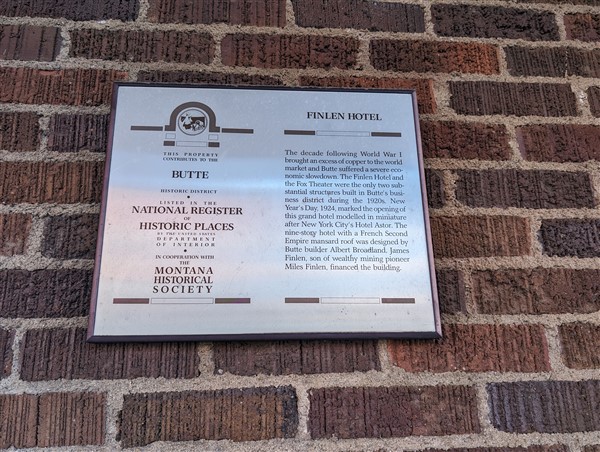
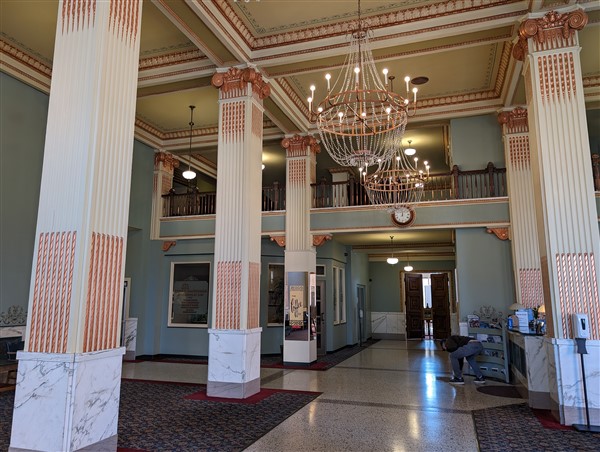
Much of “Uptown” Butte, the region on the hill near the mine remains as it was over 100 years ago. This is thanks to a town council construction ordinance mandating buildings be constructed of brick instead of wood. The ordinance, finalized in 1893 was in response to several destructive fires in the two prior decades.
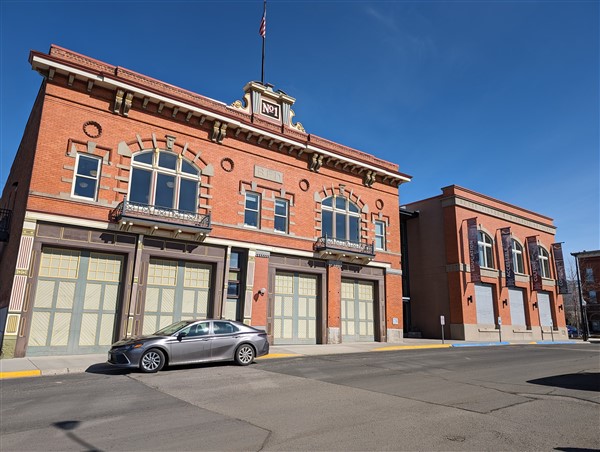
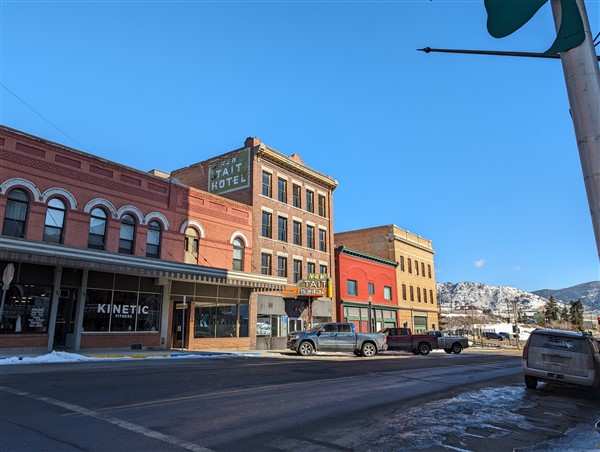
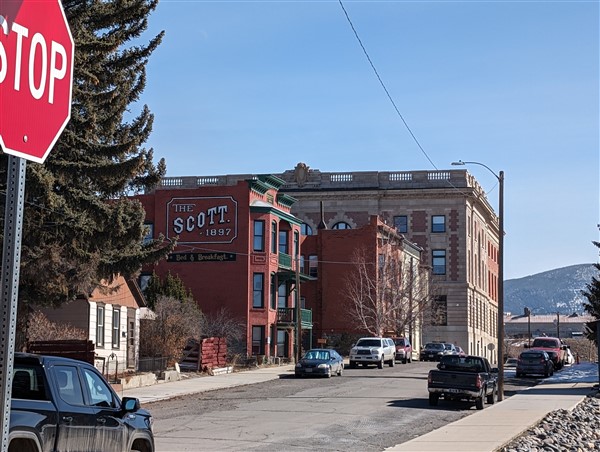
The oldest standing brick dwelling in Uptown was constructed in 1879. It was home to Mayor Henry Jacobs, constructed at Montana and Granite Streets. I am sharing several photos of historic Butte throughout this post as well. Once warmer weather arrives, I plan to engage in a deep exploration of Uptown Butte.
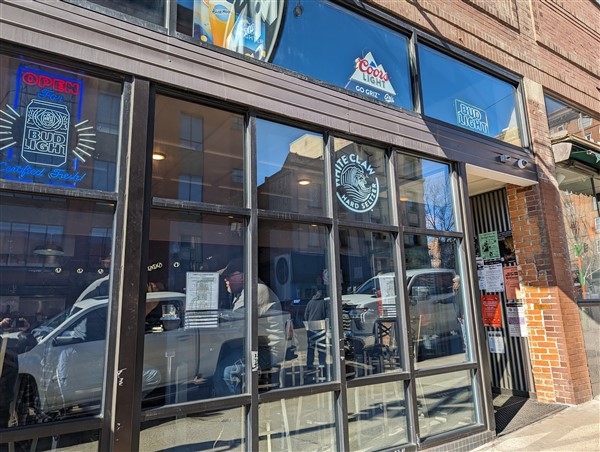
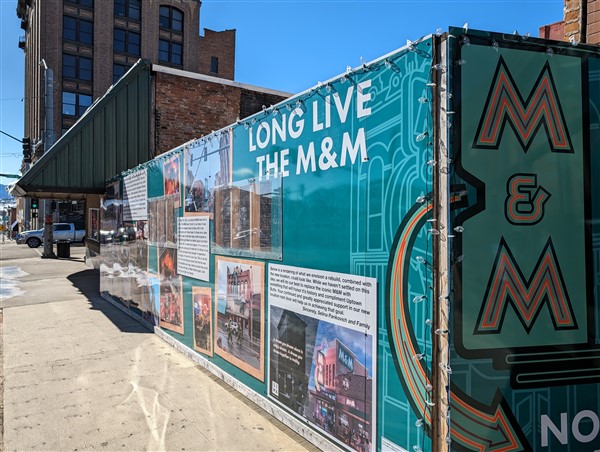
Uptown Butte Coffee Shops
Butte is home to several coffee shops. One of my favorites is the Miners Cafe on Park St. in the heart of Uptown Butte. The Miners Cafe is adjacent to the Miners Hotel (same ownership) and a basement Speakeasy called 51 Below (named after the street address.)
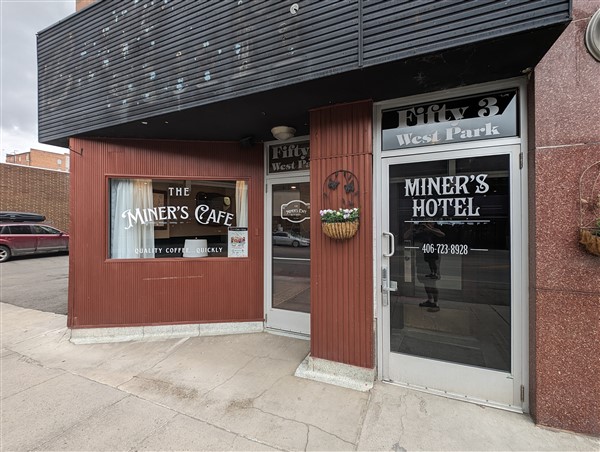
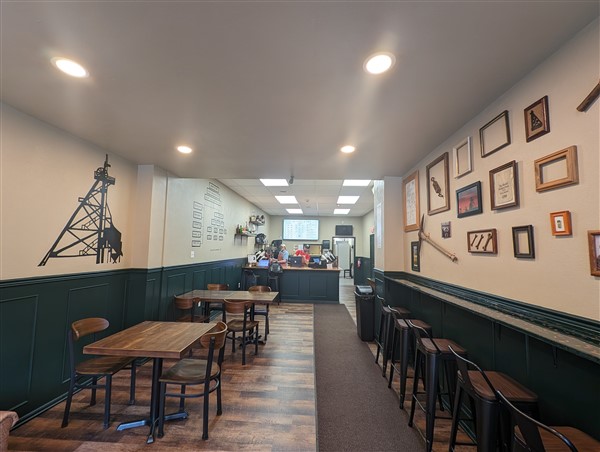
The Speakeasy is 1920’s authentic. The building dates back to 1913 and much has been preserved. The hotel once served as a rooming house (like a hostel) and a bank. The photos below show the bank vault which has been converted into a hotel room!
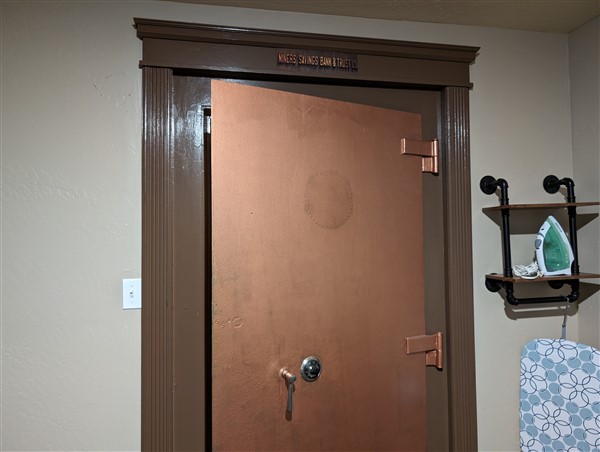
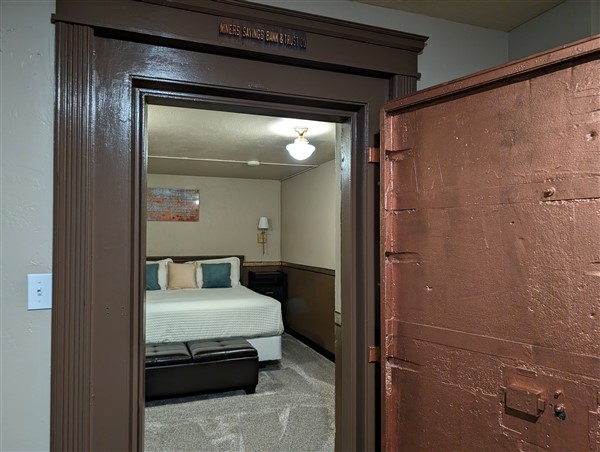
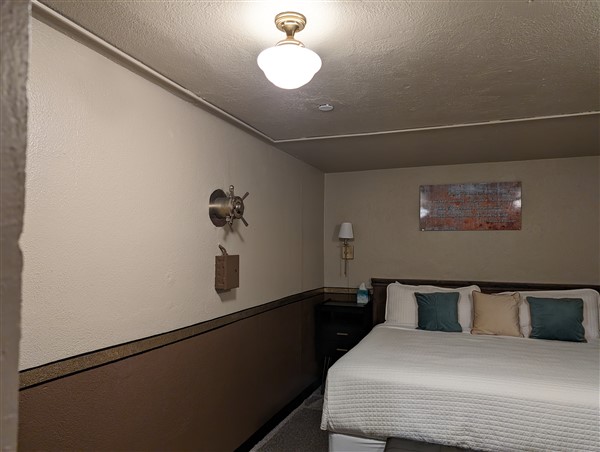
Eating in Uptown Butte
There are many places to grab breakfast or lunch in Butte. Two of my favorites are the M&M (great pancakes!) and Metals Bank. The Metals Bank WAS a bank from 1906 until the mid-1970’s. About 10 years ago, it was renovated to be a restaurant.
The original tellers windows and vault are prominent in the restaurant today…
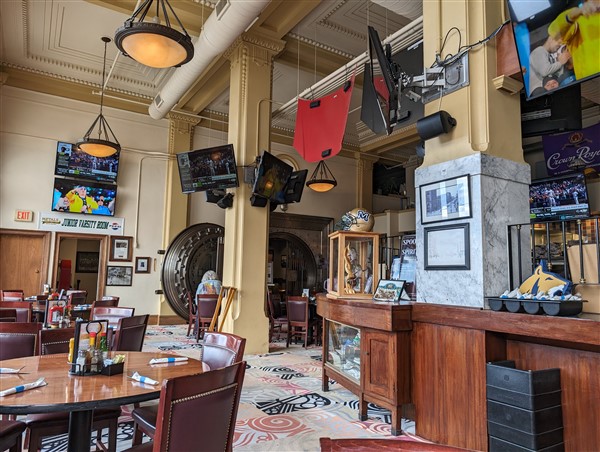
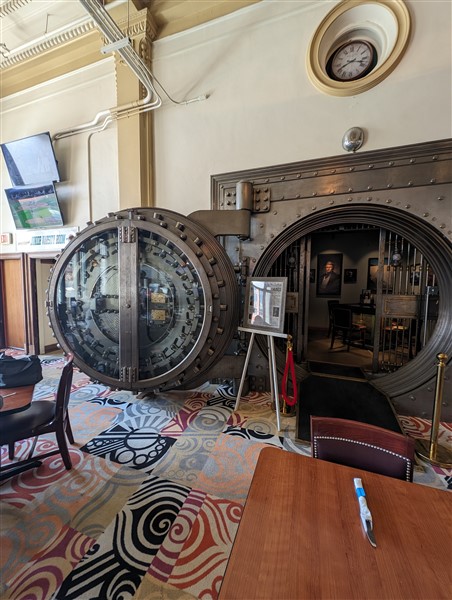
Take a walking tour of history in Anaconda
Anaconda is a smaller town than Butte, but it is still vibrant has rich history to share. The Montana Hotel, Courthouse, and the Heart Public Library (built by William Randolph Hearst’s mother) all date to the 19th Century. Several other buildings in town date to that time period as well. All are close enough to walk to each other.
Other structures of note in Anaconda include the Washoe Theater, which dates to 1930. It remains largely intact and in use as it was then! I recently saw “The Boys in the Boat” there. Incidentally, its an outstanding and inspiring movie.
Third Street is home to numerous bars once identified by the ethnic groups that frequented them. In the day, third Steet had a trolly running along it. Workers would commute from the smelting operations on the trolly to their “own” bar frequented by those from a similar “home” region. In other words, there were Irish bars, Slovak bars, Chinese bars, etc. There is also a small park on the east end of town that commemorates the smelting operations that once dominated here.
I’m still waiting for the lakes to melt in this region! As soon as they do and the weather cooperates, I’ll be putting my kayak (use code RVACROSSAMERICA15 for a 15% discount when you buy your own Aquaglide!) in for a paddle. Click the image below to see what I chose to paddle with as one of my primary ways of getting out into nature…
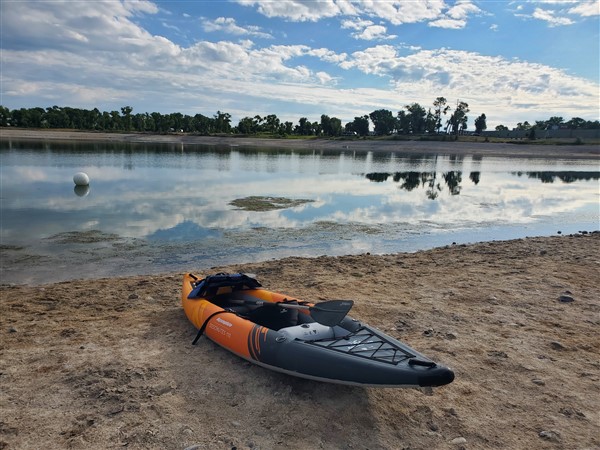
Lodging and RV Camping Options in the region
Montana has lots of RV campgrounds. In this post, I detailed a few places a traveler may choose to stay at while visiting the region. Summer will offer even more abundant RV sites. One tool I use to search out potential RV sites, ranging from full service RV parks to primitive forested campsites is Allstays. Allstays is not free, and is best used on a laptop (or a tablet), but it is a very comprehensive nationwide database that includes private RV parks, along with state and federally owned campsites.
As I’ve touched upon in this article, this region has numerous recreational opportunities in all seasons. In winter, skiing is a big activity for me and I highlight the nearby skiing here. Additional winter activities include ice fishing, snowmobiling, cross country skiing, snow shoeing, and winter camping. More about the warmer season soon!
Thanks for reading and I hope you enjoyed my content. Please consider subscribing below to be notified of new posts as I generate them. Further, I welcome and read all comments. You can leave a comment below.
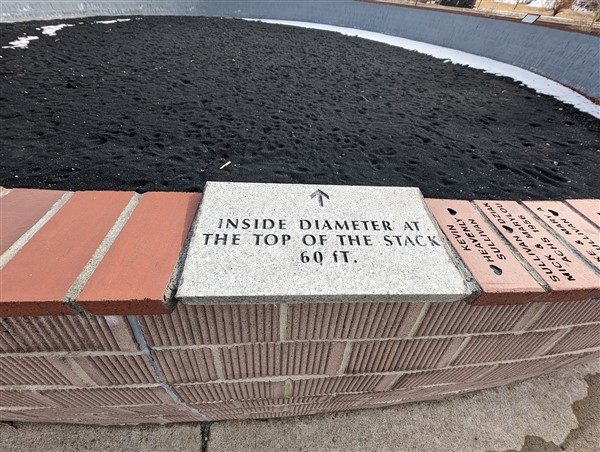
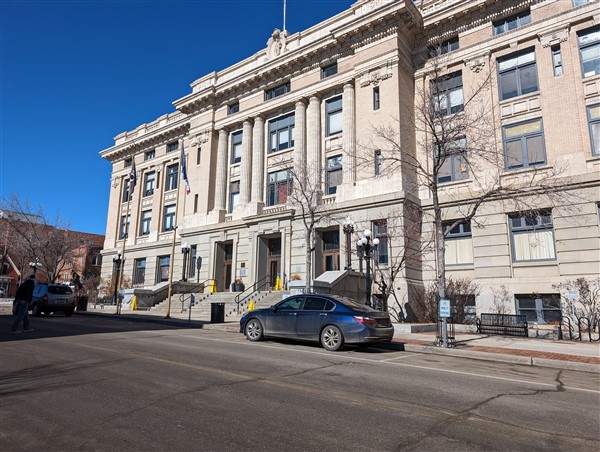
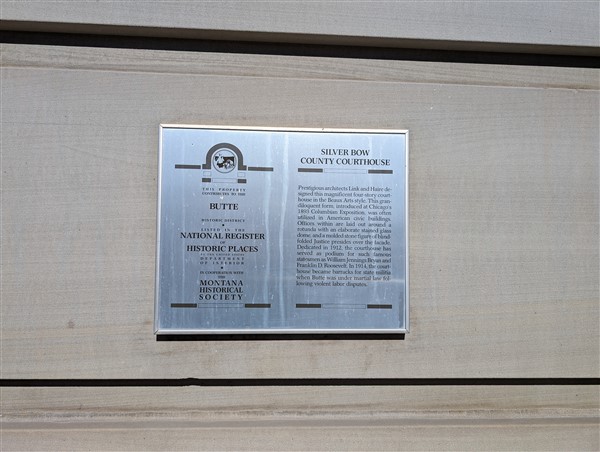
Alan, you did a superb job in both your video and the article/pictures above covering the history and sites in the Butte/Anaconda area. if i were visiting I’d use both as a guide to help me get the most out of my stay. Finally i chuckled a bit about your comment on being raised in NJ (as i was) and choosing this area to be your temporary home. I guess you can take the boys out of Jersey, but you can’t take the Jersey out of the boys:). Your posts are always professionally done and extremely informative. I’m glad Im a subscriber.
Rick,
Thanks so much! Good (as always) to hear from you. Yep, Jersey stays in us regardless of where we go. I’m writing this from the Miners Cafe as I decided to do a “butte run” to have lunch here (Uptown Cafe) and to get some fresh veggies at Safeway. (Its a better market than what’s available in Anaconda)
I got a season pass for next winter at Brian Head in Utah… already planning on where to camp near the mountain. I may work there as well as an instructor. Oh, and my knee appears to be healing. Turned out to be a tibia bone bruise.
Ha! We were in Butte on 4/22 also! I wish I would have known you were in town. We could have had a cup of coffee at the Uptown Cafe! (You actually drove by it in the video. Across the street from the Finlen Hotel). This is another great resturant catering to the organic/gluten free crowd. I also heard there is a very cool Mining Museum in Butte as well. We did not have time to go there but it was highly recommended from others. We also did not stop at Anaconda (I did not know)! Next time we will spend more time in this area. Very cool as you demonstrated in your video. Great tour as we also thought this was a very, well preserved old town in the west. Thanks!
Wow. Small world. I may actually go to the uptown cafe for lunch tomorrow!